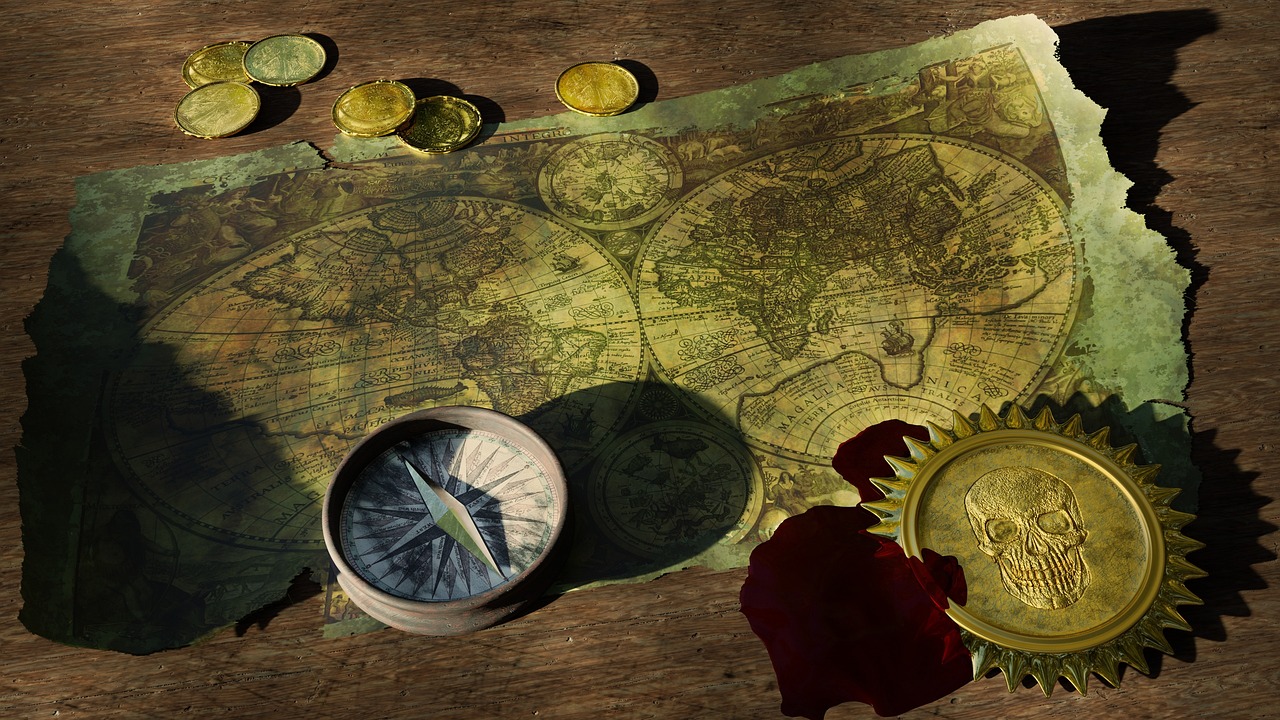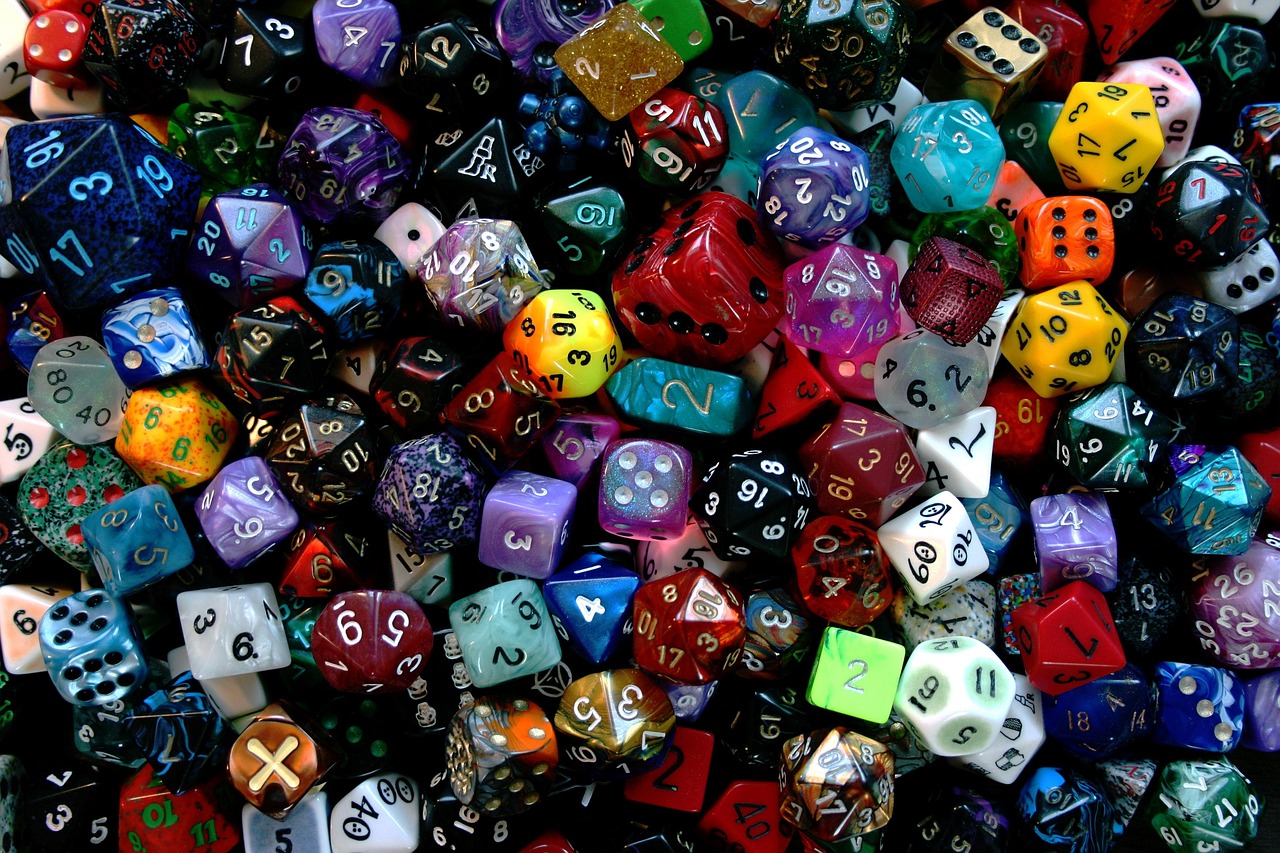NFT-Verified Dream Journals: A New Frontier in Digital Expression

In the evolving landscape of digital assets, Non-Fungible Tokens (NFTs) have emerged as a revolutionary technology, transforming how content is created, owned, and verified online. Among their myriad applications, one intriguing development is the use of NFTs to authenticate and preserve dream journals. This innovation is capturing the interest of both technologists and dream enthusiasts, marrying the ethereal nature of dreams with the concrete structure of blockchain technology.
NFTs, unique digital tokens verified using blockchain, have primarily been associated with digital art and collectibles. However, the application of NFTs in verifying dream journals introduces a novel use case that emphasizes the dual priorities of privacy and authenticity. By leveraging blockchain’s immutable ledger, dreamers can secure their personal narratives against unauthorized alterations while retaining full ownership of their content.
Dream journaling itself is an age-old practice, often used for personal insight, creativity, or psychological exploration. Traditionally, these journals are private, hand-written records, but the digitization of this practice raises concerns about data privacy and intellectual property rights. Here, NFTs offer a compelling solution by ensuring that each dream entry is a recorded and verified asset on the blockchain, traceable to its original author.
Globally, the use of NFTs for verifying dream journals is gaining traction, particularly within tech-savvy communities that value both innovation and personal expression. The decentralized nature of blockchain ensures that once a dream is tokenized, it cannot be altered without consent. This permanence and transparency resonate well with individuals concerned about digital rights and the authenticity of online content. Furthermore, as more people engage with digital self-expression, this approach offers a new method to monetize personal narratives, should the owner choose to share or sell their dreams.
From a technical standpoint, the process involves creating a digital entry of the dream, which is then minted as an NFT on a blockchain platform. Ethereum remains the most popular choice due to its robust support for smart contracts, but other platforms like Solana and Binance Smart Chain are also viable options, offering lower transaction fees and faster processing times. Each NFT contains metadata that links back to the dream entry, ensuring that the content remains intact and verifiable.
While the concept is innovative, it is not without challenges. The environmental impact of blockchain technology, particularly associated with energy consumption during the minting process, remains a significant concern. Many blockchain platforms are actively working towards more sustainable practices, including the adoption of proof-of-stake (PoS) mechanisms that significantly reduce energy usage. Furthermore, issues of digital accessibility and the technical barrier to entry must be addressed to ensure equitable participation in this emerging space.
In conclusion, NFT-verified dream journals exemplify an intriguing intersection of technology and personal expression. By facilitating secure, verifiable ownership of digital dream content, they open new avenues for self-exploration and digital interaction. As this practice gains momentum, it will be essential to balance innovation with ethical considerations, ensuring that these digital narratives respect both the dreamers’ rights and the broader impact on the digital ecosystem.
As the world continues to explore the potential of NFTs, the integration of dream journals into the blockchain realm underscores a broader trend towards personal empowerment and creative freedom in the digital age. Whether this application will remain a niche interest or grow into a mainstream practice will depend on the evolving landscape of digital privacy, blockchain sustainability, and cultural acceptance of NFTs as a legitimate form of asset ownership.
















